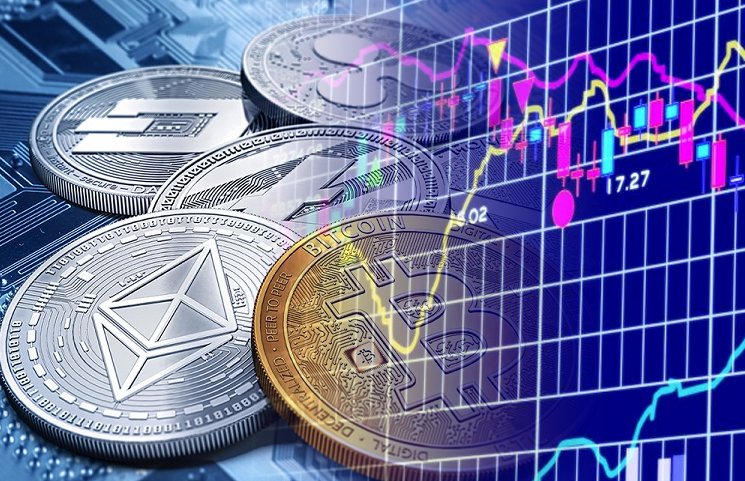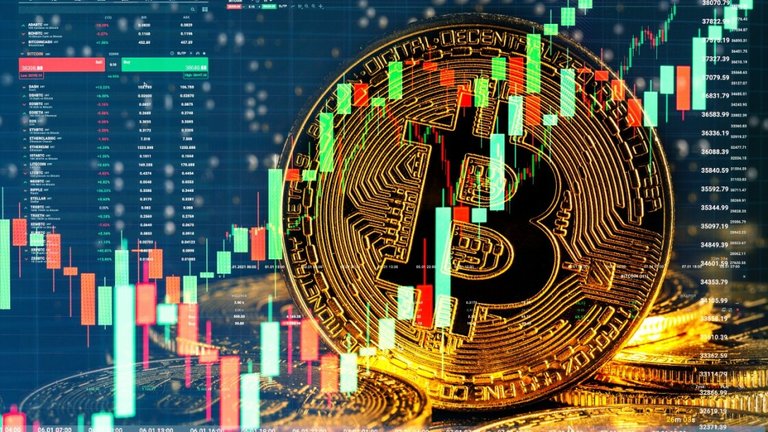Understanding Risk and Reward Ratio In Crypto Trading
One smart thing in the crypto trading world is knowing and applying the Risk/Reward (RR) Ratio. In this post, we’ll discuss about Risk/Reward (RR) ratio which has the potential to prove as an asset for cryptocurrency traders.
Decoding the Risk/Reward (RR) Ratio
The risk/reward ratio in cryptocurrency trading is an important parameter that must be understood when taking the right decisions and loss management. The aim of this piece is to give an extensive meaning about the RR ratio and light up its use in trading of cryptos.
In trading, tradeoffs are estimated in terms of RR where RR ratio compares anticipated tradeoff to prospective risk. Put more simply it means the potential profit of a trade, divided by the potential loss.
Imagine a trader who invests USD100 into a value token and expects it to rise in value to USD200. In this case the potential profit amounts to 100 dollars. Hence, through putting a stop-loss order of at least $80 so as to limit the potential losses and thus the total amount of associated risk caps that can incur at most of $20. Consequently, the risk/reward ratio for this trade would be 1:5, meaning a trader expects to gain five times as much at risk in a dollar at stake.
Using the Risk/Reward Ratio for Trading Crypto
Setting Realistic Profit Targets
The first step to effective use of the RR ratio lies in setting meaningful profit targets. Profit goals for traders must be based on thorough market research, as well as taking into account a coin’s past performance. Impulsive decisions caused by unreasonable profit margin forecasts will eventually turn into a source of frustration.
Assessing Trade Viability
A trader uses the RR ratio as a guide in determining whether or not the trade is viable. The probability of loss is often higher in a trade that has high RR ratio; however a trade with huge potentials for return can be included. Alternatively, a weak RR may imply safety but lower returns while a high RR could mean higher rewards but unsafe trading. Therefore, traders can use this Ratio to choose one which fits her personal risk tolerance level and the specific trading.
Implementing Stop-Loss Orders
Stop-loss orders are essential instruments in the armory of risk management for crypto trade. The first ones are stop-loss orders that enable traders to set a certain price level, below which a particular trade will be closed when falling. Adopting this pragmatic approach mitigates the chances of losing and works concurrently with the RR ratio.
Adapting Position Sizing
To begin with, position sizing becomes one more key aspect of risk management in crypto trades. Through scaling up their positions according to the RR ratio, traders may restrain possible losses to some extent. An example could be going small on high RR trades and large on low RR trades.
Regularly Reviewing and Adjusting Strategies
Awareness is extremely fundamental for trade of the ever changing crypto realm. In a constantly changing market environment and particularly in the highly vulnerable crypto world, markets tend to transform in no time. Enhanced performance in trading is possible through periodically inspecting the effectiveness level of trading strategies against RR ratios.
In Conclusion
Risk/reward turns out to be one of the most substantial tools with regard to risk management in cryptocurrency trading. Incorporating profits into strategies with realistic targets, assessing trade possibilities, imposing stop-loss requests, altering size levels and updating tactics when necessary may be achieved by using the RR ratio to enhance intelligent trading choices and limit possible errors. Nevertheless, it should be noted that although, the RR ratio helps manage risks; success is not guaranteed. There are also things that traders should always take into account to avoid such problems as setbacks and this involves viewing any crypto market in a balanced way.



https://inleo.io/threads/wealthwess/re-leo-curation-2jco9x7vj
The rewards earned on this comment will go directly to the people ( wealthwess ) sharing the post on LeoThreads,LikeTu,dBuzz.
Most novice traders ignore this vital component of trading. If you check people who have lost large sums of money did not have a proper Risk/Reward strategy in place, in fact 90% of traders don't. Most would use a stop loss but don't know or are ignorant of the right place to put the stop loss.
By the way do you trade?
Have been trying to reach out to you via discord but u aren't responding, any issues?